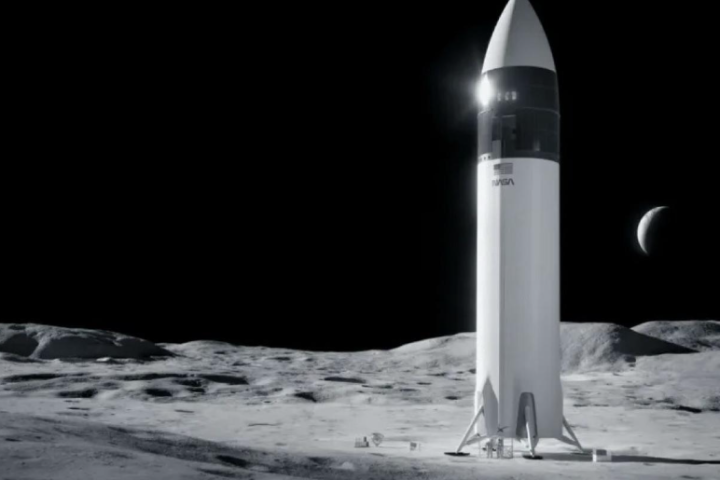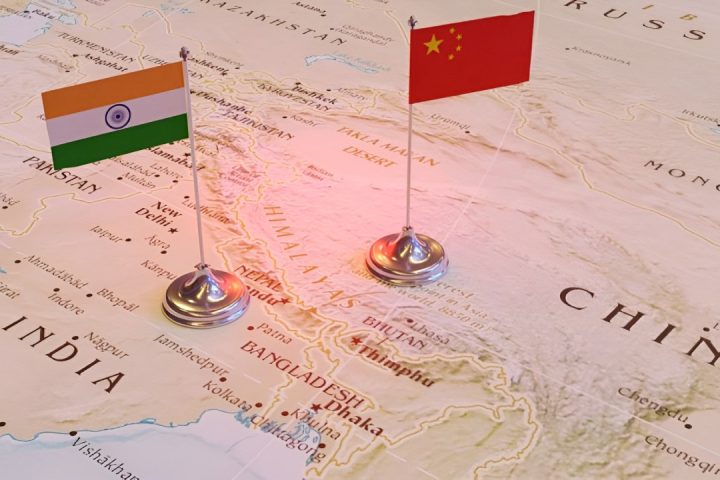China has completed the assembly of the second laboratory module, which forms part of its space station in Earth orbit.
According to the statement made by the Manned Space Program Agency (CMSA), the Mıngtien laboratory module was removed from the temporary attachment point where it was anchored to the space station and placed in its permanent position next to the core module.
The 17.9-meter-long module was launched from the Vinchang Spacecraft Launch Center on Haynan Island on October 31 with the “Long March-5B” carrier rocket.
“Mingtien”, whose name means “dreaming of the heavens” in Chinese, is the second laboratory module added to the space station. The first laboratory module, previously named “Vintien” (seeking the heavens), was removed from its temporary docking port on October 2 and added to the core module.
With the addition of laboratory modules to the core module called “Tienhı” (celestial harmony), the “T” shaped main skeleton of the station was completed.
After the main skeleton is installed, the space telescope called “Shuntien” (wandering the heavens) will be added to the station as a separate module.
China’s plan to build a space station
China is working to build its own space station as the United States has banned cooperation in space exploration and blocked its participation in the International Space Station program.
When completed, the Tiengong (celestial palace) station, which is planned to consist of a core module, two laboratory modules and a space telescope, will be about the same size as Russia’s now defunct Mir Space Station.
The core module called “Tienhı” (celestial harmony), the main part of the station, was launched on April 29, 2021, and the first laboratory module “Vintien” (search for the heavens) was launched on July 24.
The station, which is expected to be completed by the end of 2022, is currently manned by a three-person team of astronauts.
China assembles the second laboratory module it sent to the space station

FİKRİKADİM
The ancient idea tries to provide the most accurate information to its readers in all the content it publishes.




